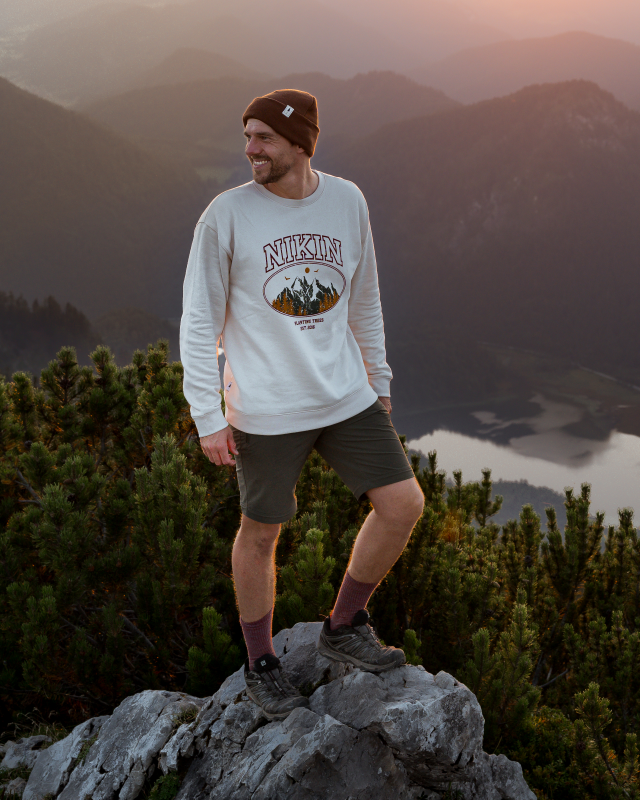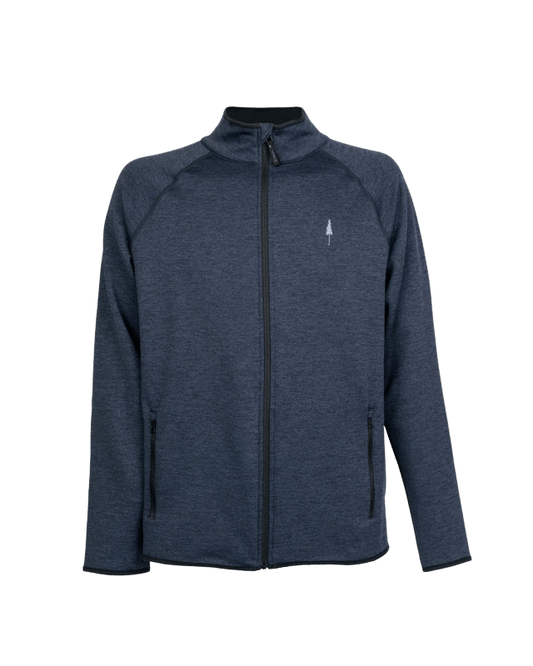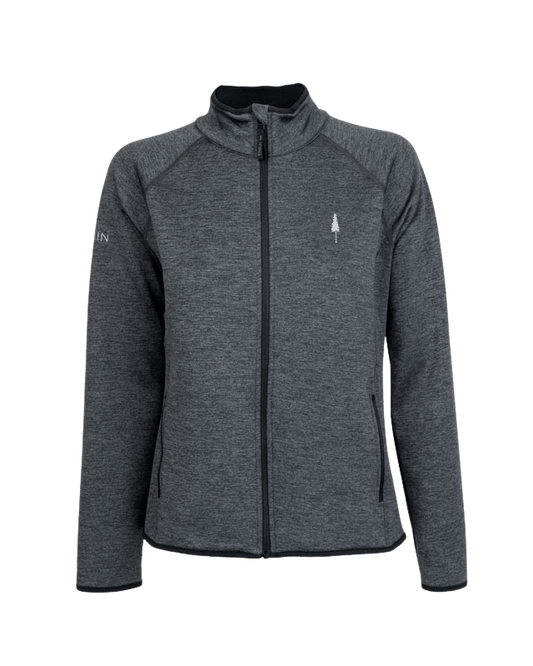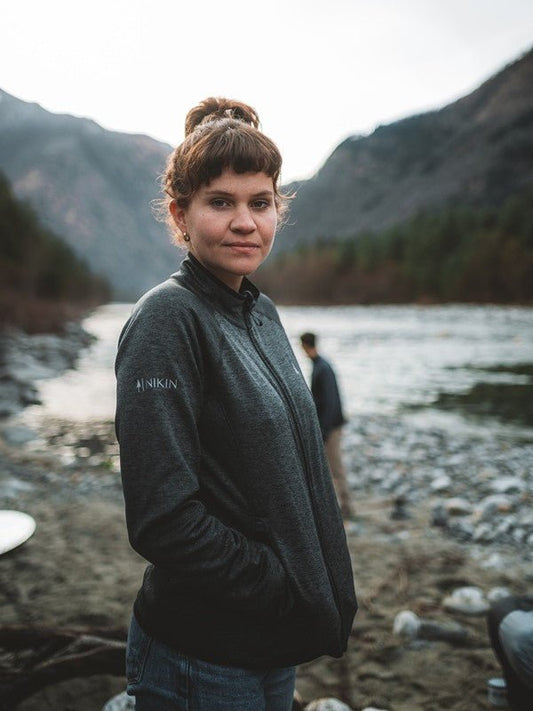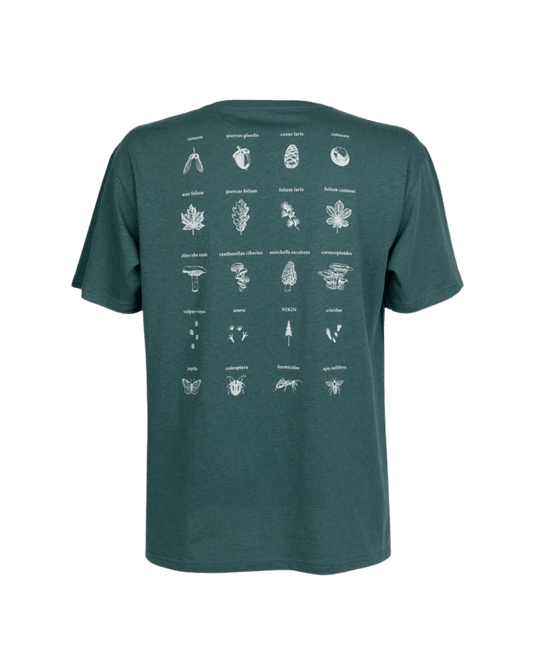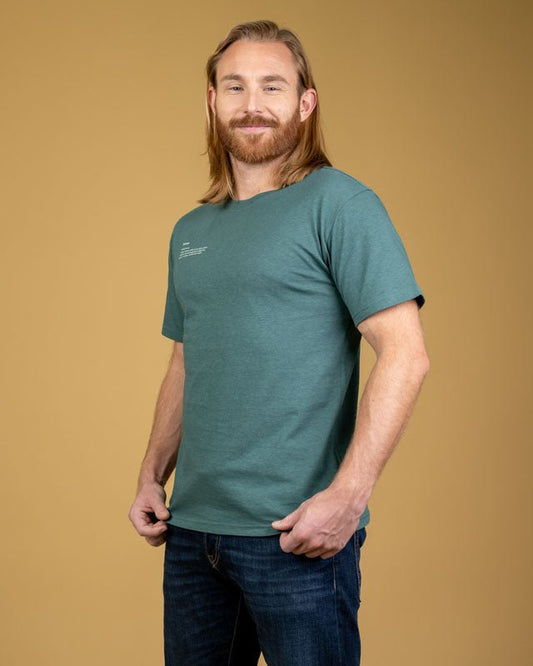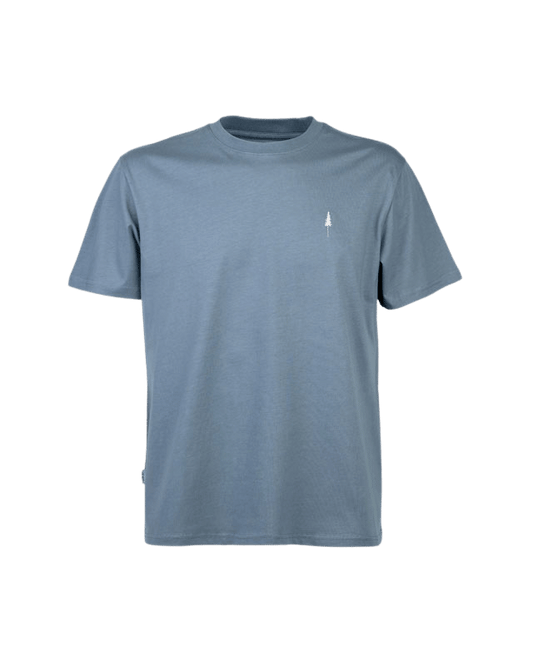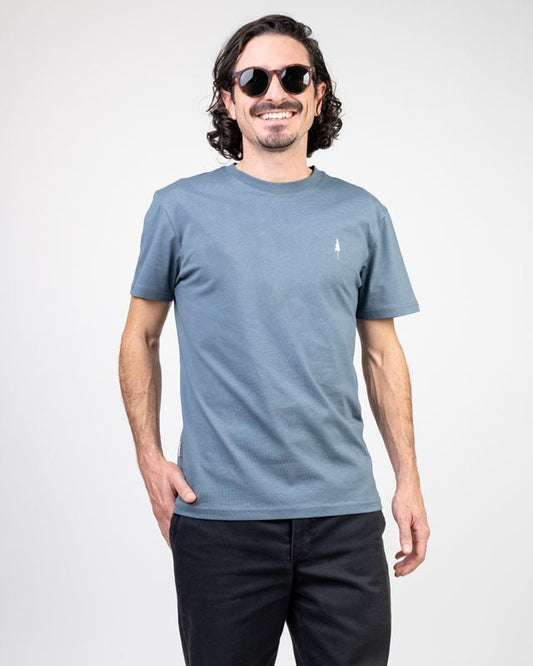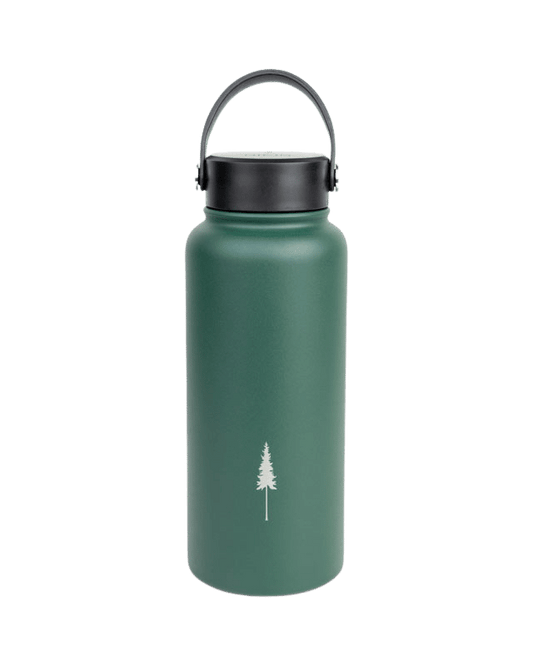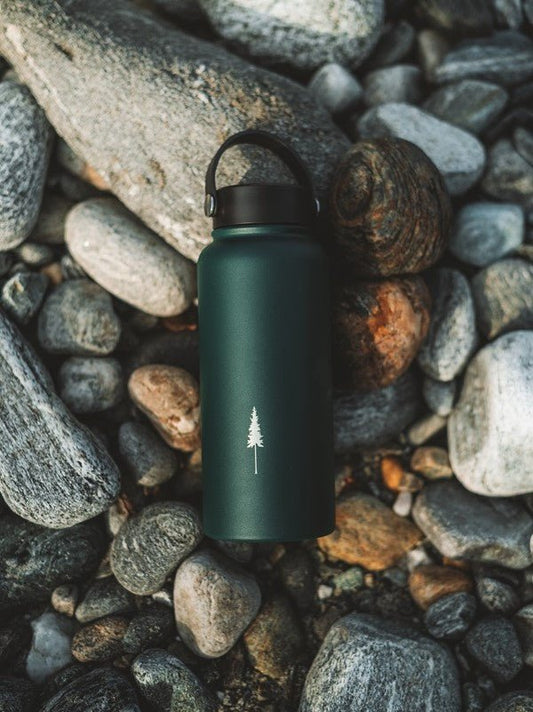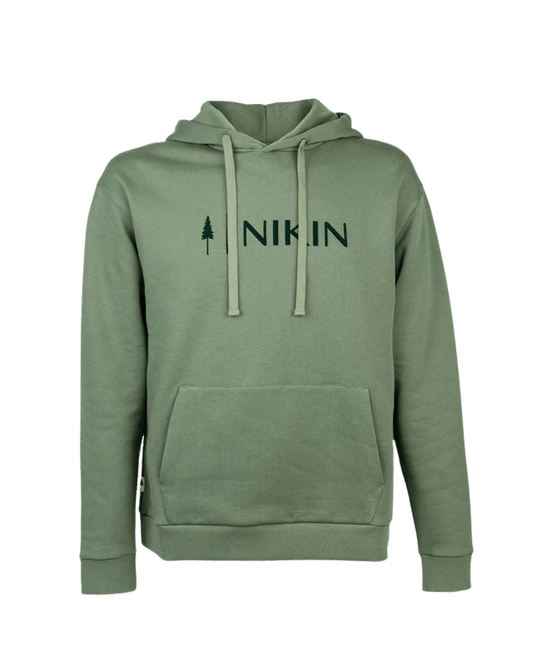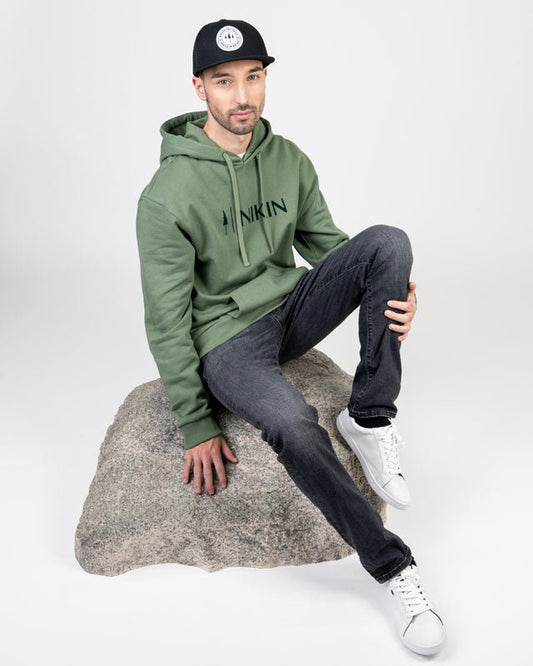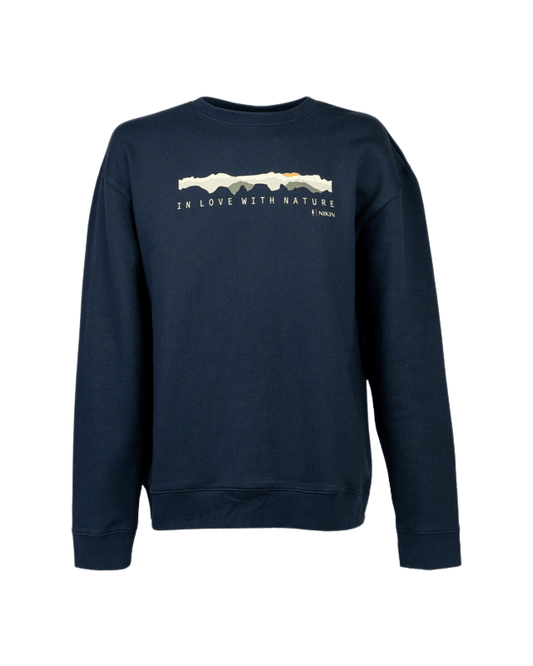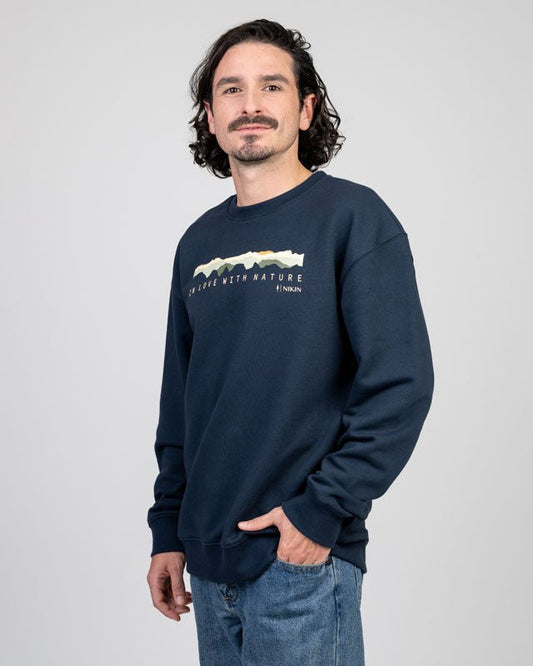Living circularly does not only depend on the efforts of industry and governments. Individuals can also make an important contribution. We show you how.
If each of us changes a part of our consumption and habits, motivates others to join in and thus provides food for thought, this can make a great deal of difference. There are plenty of opportunities for individuals to support a circular economy:
- Buy less packaged goods, read our article on this here
- Repair things and use them longer
- Support upcycling
- Produce less waste and separate waste carefully
- When purchasing goods, pay attention to their origin, quality and recyclability

Repair and reuse: Networked tinkerers
Modern consumer goods are often designed to last a certain amount of time - this is intentional, after all, the customer is supposed to buy the next model as soon as possible. We also tend to buy new cars, mobile phones, small appliances, clothes and shoes instead of repairing them.
But there are more and more options where you can have goods mended. For example, there are platforms where hobbyists, tinkerers and people looking for help come together with their repair requests, and repair cafés where you can drop by with your old hand mixer or grandmother's wall clock. nextsomething new can be created from old through upcycling. In the past, patchwork quilts were made from fabric remnants. Today, old jeans trousers or discarded men's shirts are turned into shopping bags or trendy handbags - to name just one example. And not only clothes, but also furniture can stay in use much longer in this way. Pieces that are somewhere in the grey zone, i.e. that one would like to discard even though they are actually still "in good shape", can be handed in at collection points. Clothing collections and the acceptance of household items can be found at charitable institutions and organisations, among others.

Fashion and lifestyle - the circular wardrobe
Living circularly does not mean doing without everything, but consuming more consciously and differently. This also includes adapting the way we use items of clothing where necessary. NIKIN has also taken the first steps in this direction and produced the Reuse Collection. Old fabric scraps were reused for the shirts. Besides buying recycled pieces, you have other options to make your wardrobe more circular:
- Being careful with your own clothes, washing and caring for them properly, and possibly also repairing them.
- Before buying, ask the question: Do I really need this garment? Will it accompany me for a long time and give me pleasure?
- Support small labels with innovative and visionary business models.
- When buying, pay attention to the materials used.
- Read up on the topic, perhaps write to individual companies and ask about supply chains and responsibility.
- Do not throw away discarded clothes, but hand them in at local, non-profit collection points.
- Talk to friends, family and acquaintances about clothing and other consumption, share experiences and raise awareness.
Are you interested in the topic of circular economy? Here you can find the interview with Prof. Dr. Tobias Stucki, who conducts research in this area. There is also a blog entry that explains in more detail what this economic model is about and what NIKIN does for a circular economy.






